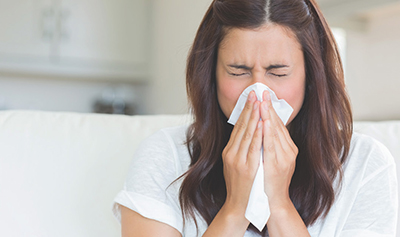How to be a good visitor?
- Posted On:
- Written By: Felicia Messimer

Keep your loved ones and our other patients safe when you visit or come to an appointment at Campbell County Memorial Hospital or The Legacy Living and Rehabilitation Center in Gillette, Wyoming during flu season! Check out some information on how to best do this below.
Who is vulnerable to illness?
- People aged 65 years and older
- People who are immunocompromised such as those with HIV, hepatitis, and cancer
- Pregnant women
- People who live with, or care for, the immunocompromised or elderly
- People who have chronic medical conditions such as, asthma, diabetes, heart disease, and lung disease
How do you prevent the spread of illness?
Always follow these steps when you are visiting a healthcare facility:
- Cover your mouth and nose when you cough or sneeze.
- Clean your hands often—especially before entering and after exiting the hospital room.
- Use soap and water to wash your hands or an alcohol-based hand rub to disinfect your hands.
- Avoid touching your eyes, nose, or mouth.
- Get your flu shot. The best way to prevent the flu and spreading illness is by getting vaccinated each year.
Stay home if you are sick. Also, please refrain from bringing sick children to your appointment or to visit your loved one. When you are not feeling well, it is best that you and loved ones avoid close contact with people who are vulnerable.
Do not visit anyone in healthcare facilities if you have any of the following symptoms:
- Body aches
- Chills
- Cough
- Diarrhea
- Fatigue
- Fever
- Nausea and/or vomiting
- Runny or congested nose
- Sore throat
What are transmission-based precautions?
If the person you are visiting is on transmission-based precautions (e.g., contact, droplet, or airborne isolation), talk to the nurse before entering the room to find out what steps you will have to take—such as wearing a mask, a gown, and/or gloves. Signs are posted on doors of patient rooms describing the specific precaution for that patient. In addition, some rooms have yellow pockets hanging on the door with the required precaution equipment.
Learn more at www.cchwyo.org/flu411.
